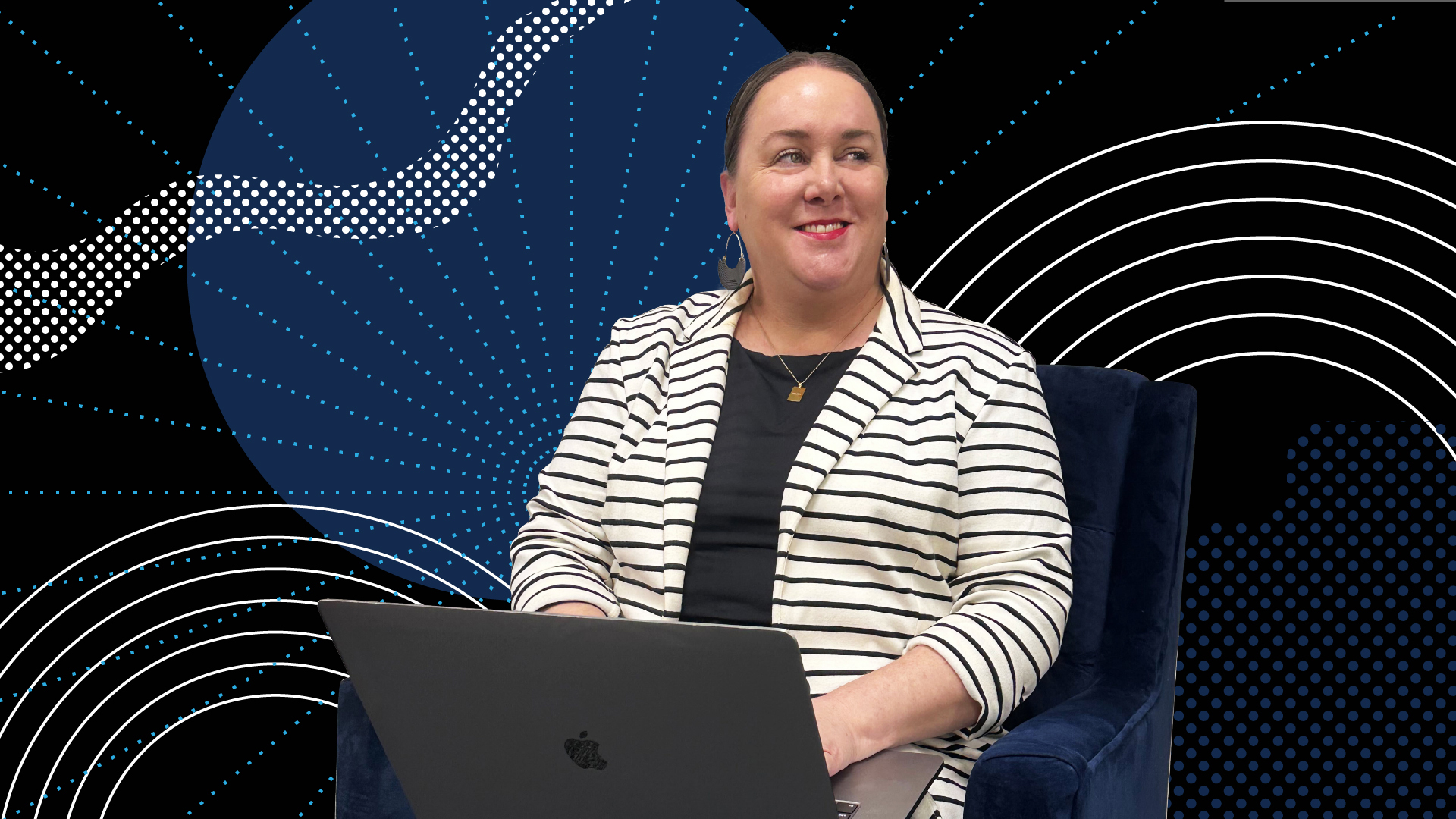If you’re familiar with the college admissions process, then you know the many steps involved, including the layers of excitement, nervousness, and frustration that high school students experience when it comes time to apply for the next chapter of their lives.
From the student’s perspective, we already knew there was anxiety about the process. How far from home should I go? Can I afford it? Will my parents be forced to take on debt? When is the best time to apply to guarantee admission? Do I have to choose a major now? And, with growing questions about the return on investment for a degree, the very concept of higher education hangs in the balance.
These are all valid concerns. Our team has combed data on the intangible value of higher education to incoming freshman students: being part of a collective, finding where they belong, discovering their passions, identifying their long-term plans, and more. We also know that the ROI is important to young students — employability after graduation, debt-to-income ratios, and transferrable workplace skills are all factors when considering where to apply.
So, where does that leave us?
How do you tell students, who have just emerged from a never-before-seen health crisis, are experiencing changing workforce and economic prospects, and face constant uncertainty around how emerging technologies will affect any career path they may choose, that college is still worth it?
What communications do you prioritize for your outreach teams so that students trust and become excited about your institution, especially amidst the day-to-day catastrophic messaging they see in the news?
Establish trust.
Everything feels uncertain right now, so building trust is paramount to a lasting recruitment strategy. This means meeting students where they’re at.
While your college may be distinctly proud of your latest internal survey that suggests faculty are interested in modern learning techniques, your prospective student might not be. In fact, studies show that today’s high school students are focused on the practicality of college, including the debt they’ll take on, their salary upon graduation, and what courses are needed to be most employable.
We often help our clients form this base layer of understanding by surveying students, alumni, community partners, and others who have unique relationships with the college admissions process.
Communicate your value.
Once trust is established, we help our clients by communicating their value — that is, explicitly stating why they’re worth it.
Using what we know about incoming college students and our clients’ unique selling propositions, we craft messages that address pain points, common challenges, community building opportunities, and other insights to position Example University as the best place to go for Example Employer Opportunities (only more clever and creative).
Be there for them.
And then we put a bow on it by building communications support into outreach workflow, board reports, and internal hierarchies so everyone who touches the student recruitment process feels informed and ready to answer questions as they arise (and they always do).
This is a crucial step because it’s one thing to have your college marketing team raring to go, but it’s quite another to address the concerns of the various departments who handle different aspects of the admissions process, like financial aid, housing, and support services.
A move toward student-centered recruitment strategies have proven largely successful for our clients, especially during downturns, disruption, and change. While times are no doubt tougher than they’ve been in recent years, now is the time to speak more clearly, more honestly, and more optimistically to your students.




